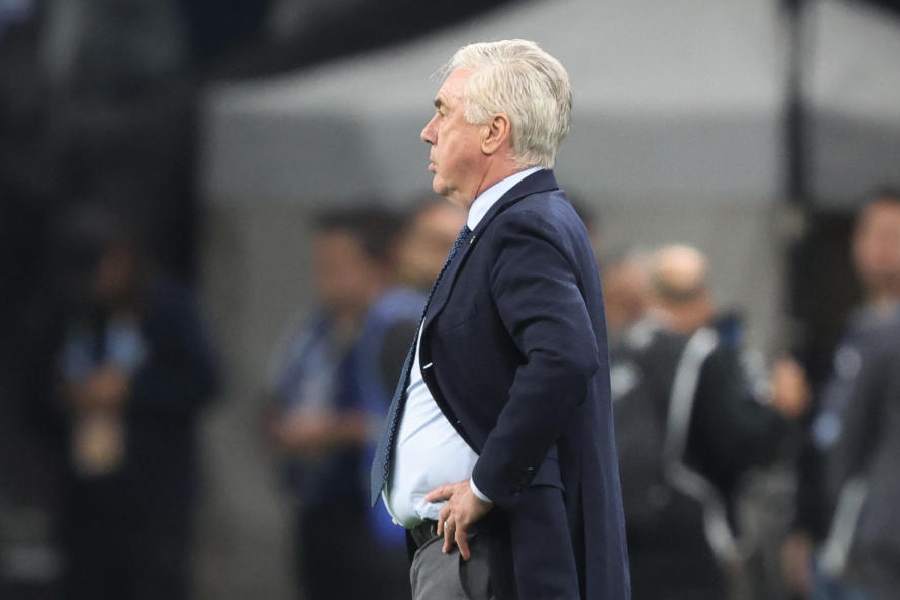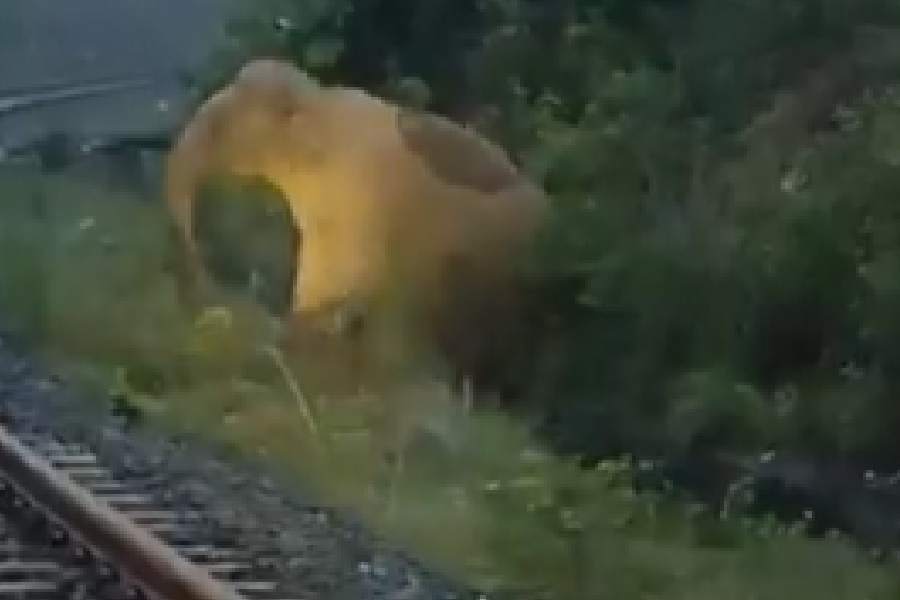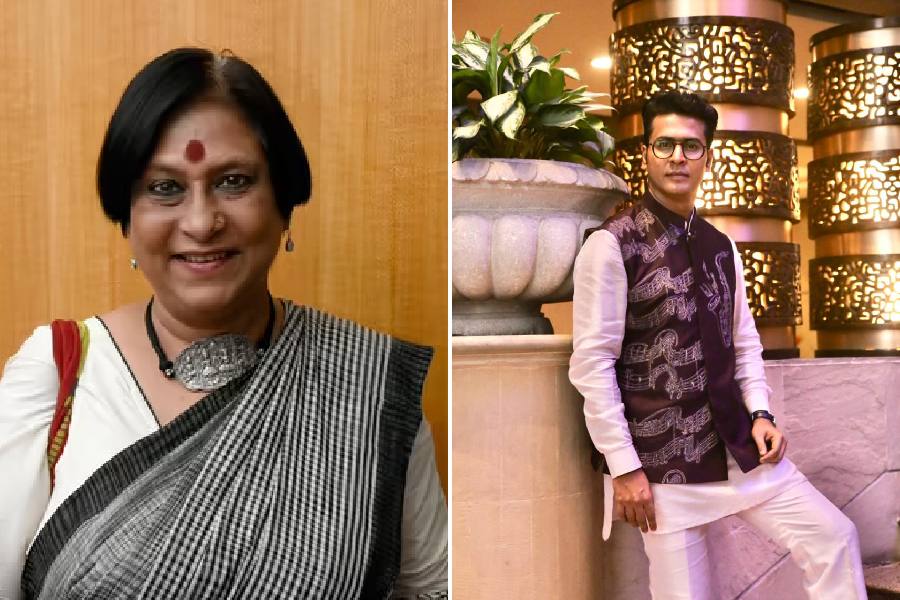 |
● Date: July 6, 1982.
● Place: The Telegraph newsroom, 6 Prafulla Sarkar Street.
It was about seven in the evening and a bunch of youngsters were poring over their desks furiously subbing copies while some others were running around, shuttling between the newsroom and the photo type-setting department.
There was a sense of urgency and tension in the air, but also a great deal of excitement. After all, the inaugural issue of The Telegraph was all set to appear the next morning.
Suddenly, M.J. Akbar, the young and dashing editor of the newspaper, burst into the room and went up to Shekhar Bhatia, then the paper’s news editor. “We have finally got the lead story. Kewal has saved the day for us (or words to that effect),” Akbar excitedly told Shekhar.
Akbar was referring to Delhi bureau chief Kewal Varma. Apparently, the Delhi bureau had sent a strong story that could be used as the lead story. What it was about, I do not remember. I must confess 30 years is a long time: the memory gets a bit fuzzy, the finer details a little obscured.
But it brought a smile to Shekhar’s face and a bit of the evening’s tension — especially having to deal with so many greenhorn journalists — dissipated.
I was still in Sunday magazine at that time — I would officially join The Telegraph only three years later — but I had been commandeered into The Telegraph team courtesy the few years of experience I had gathered working with Akbar.
But working in the news department of a daily — that too for the first time on the eve of the newspaper’s launch — was a different ball game altogether. I remember giving headlines that were instantly rubbished by Shekhar, undoubtedly adding to his frustrations. The withering looks that Shekhar gave me seemed to suggest: ‘So this is what your four years of experience as a journalist has taught you?’
I recall the chaos and confusion of the first day. It would continue for some days to follow till a pattern emerged and the system fell into place. We had had a dummy run but July 6 was THE big day and nerves were getting frayed every second.
I don’t think Akbar blew his top that day, else I would have remembered even though after working with him for four years some of us had become a little inured to his legendary temper. (Incidentally, we used to commonly refer to Akbar’s room as Jhar-gram for most of the firing used to take place there.)
Once the lead was settled, Akbar and Shekhar rushed to the editor’s room to plan the page one layout. No one was allowed entry into the room till the layout had been finalised. I can’t readily recall how long they took to draw the dummy, but once it was over they emerged with an air of quiet confidence.
Then began the mad rush to meet the deadline. Even Akbar was rushing around from room to art room, supervising the pages. Finally, around 1.30am (or thereabout, I think) the last of the pages was despatched for printing.
Once the business of making and sending pages was over, some of us trooped into Akbar’s room for a very “spiritual” discussion. Back then security at 6, Prafulla Sarkar Street wasn’t quite the Alcatraz-type and smuggling in a bottle wasn’t seen entirely as a crime.
Relaxed after a tense day, we chatted, discussed the day’s proceedings and did some quick planning for the next day.
Then, around five in the morning we went to the now demolished press opposite
the office to see the first issue of The Telegraph rolling off the machines. We all collected copies of the paper dated July 7, 1982, and each of us passed our copies around for the others to sign. I remember that Akbar and a few others who had worked closely on the first day’s paper signed my copy, and I theirs.
Finally, with the autographed copy of The Telegraph tucked under my arm I left for home. It was morning and the sun was out. It had been a long and tiring day. But a very exciting one.











